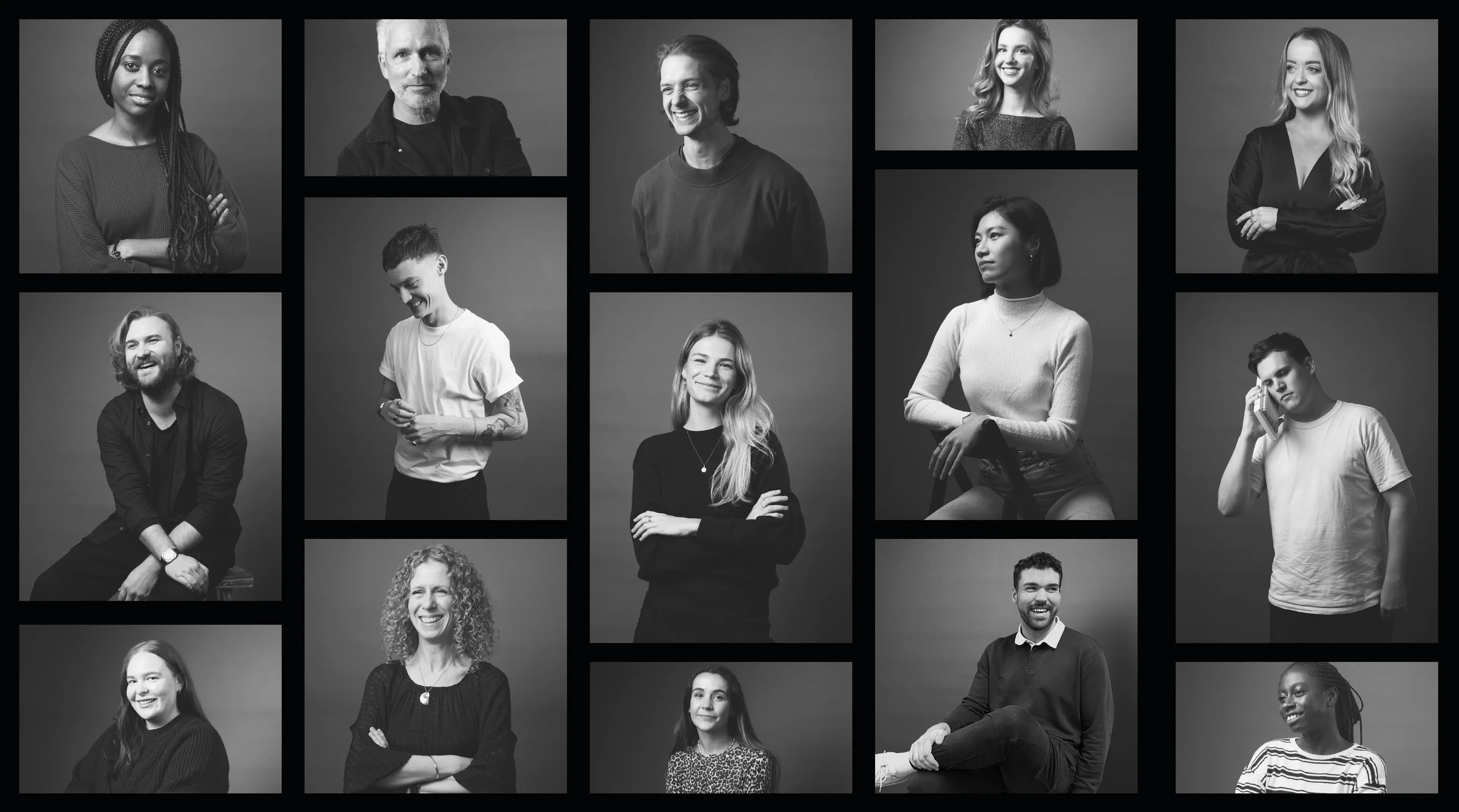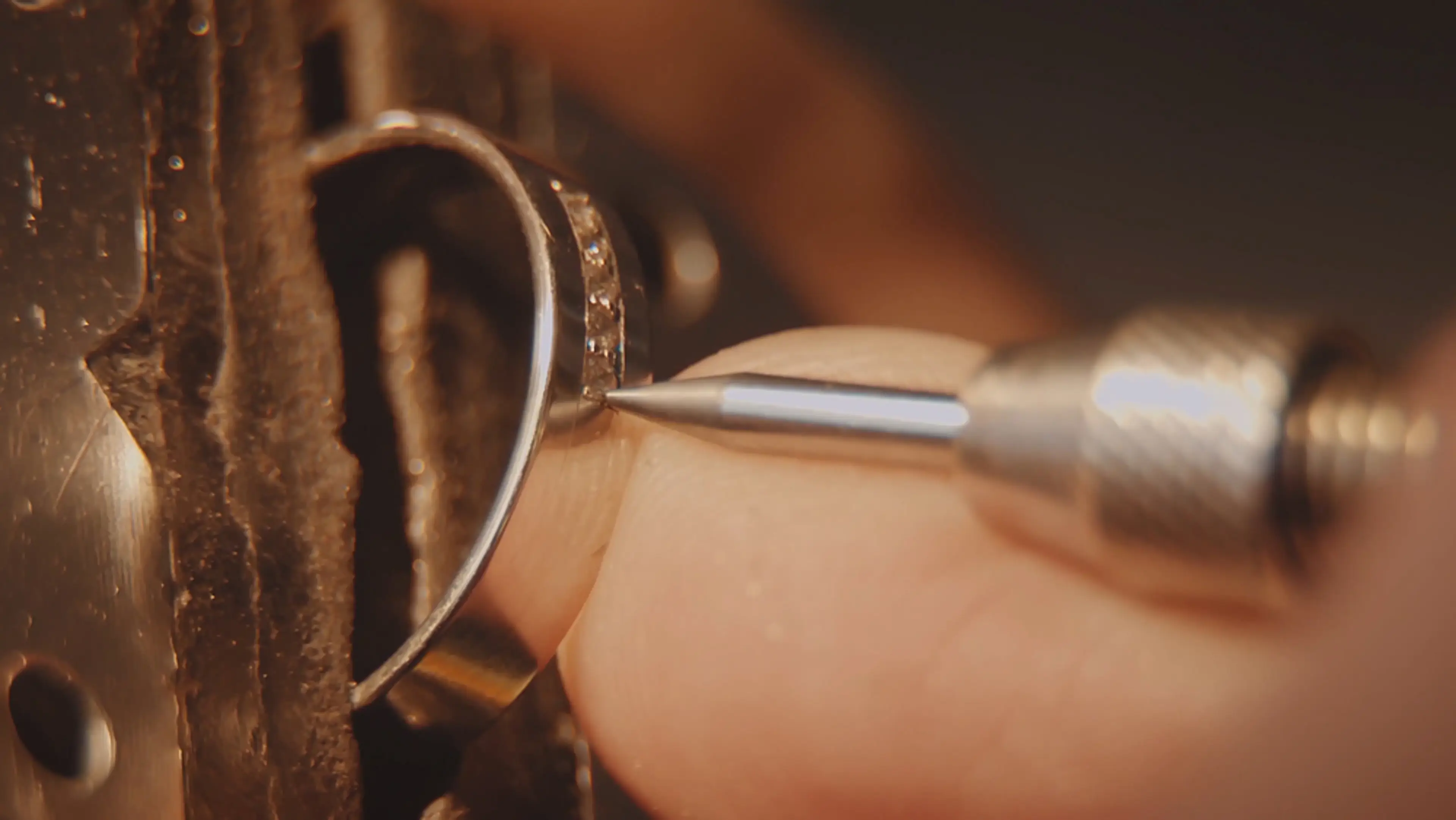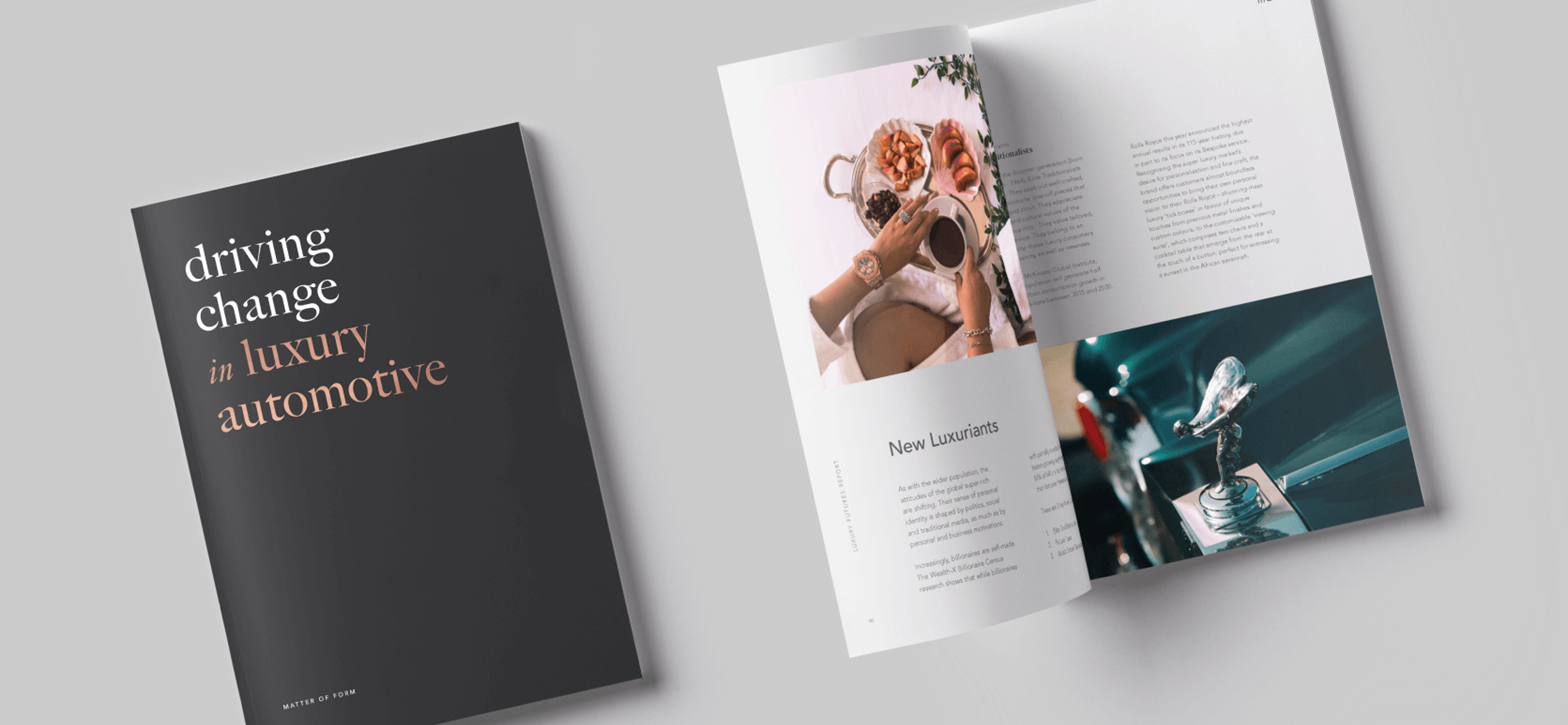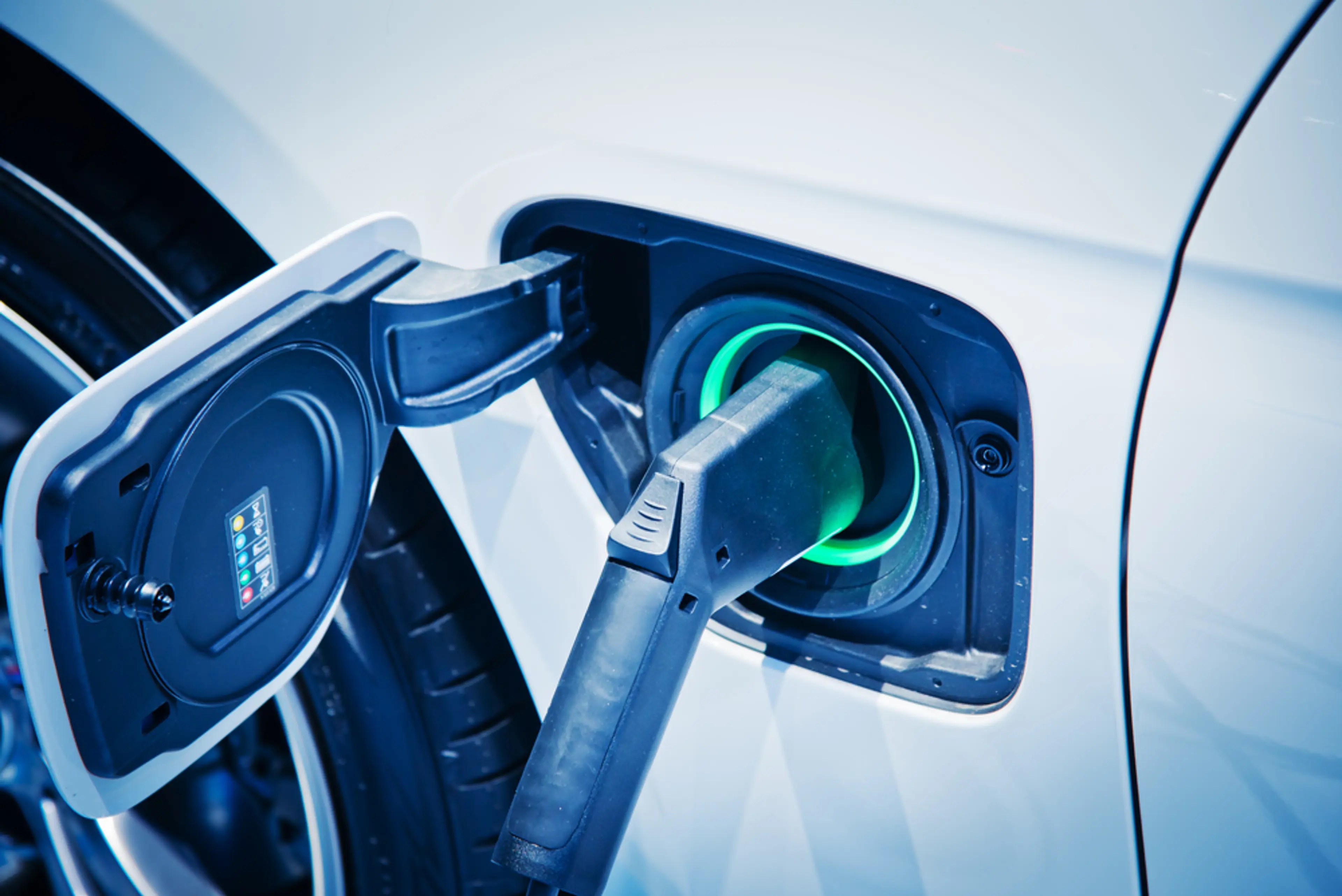
Automotive
1 Aug 2022
5 Min Read
How Luxury Can Get Up To Speed with Electric Vehicles
Headlines shouting about the electric vehicle revolution plus the rapid uptake in these kinds of cars prompted us to survey the sector, identifying the gaps to conceive ways for luxury brands to not only stay the course but be first past the finish.
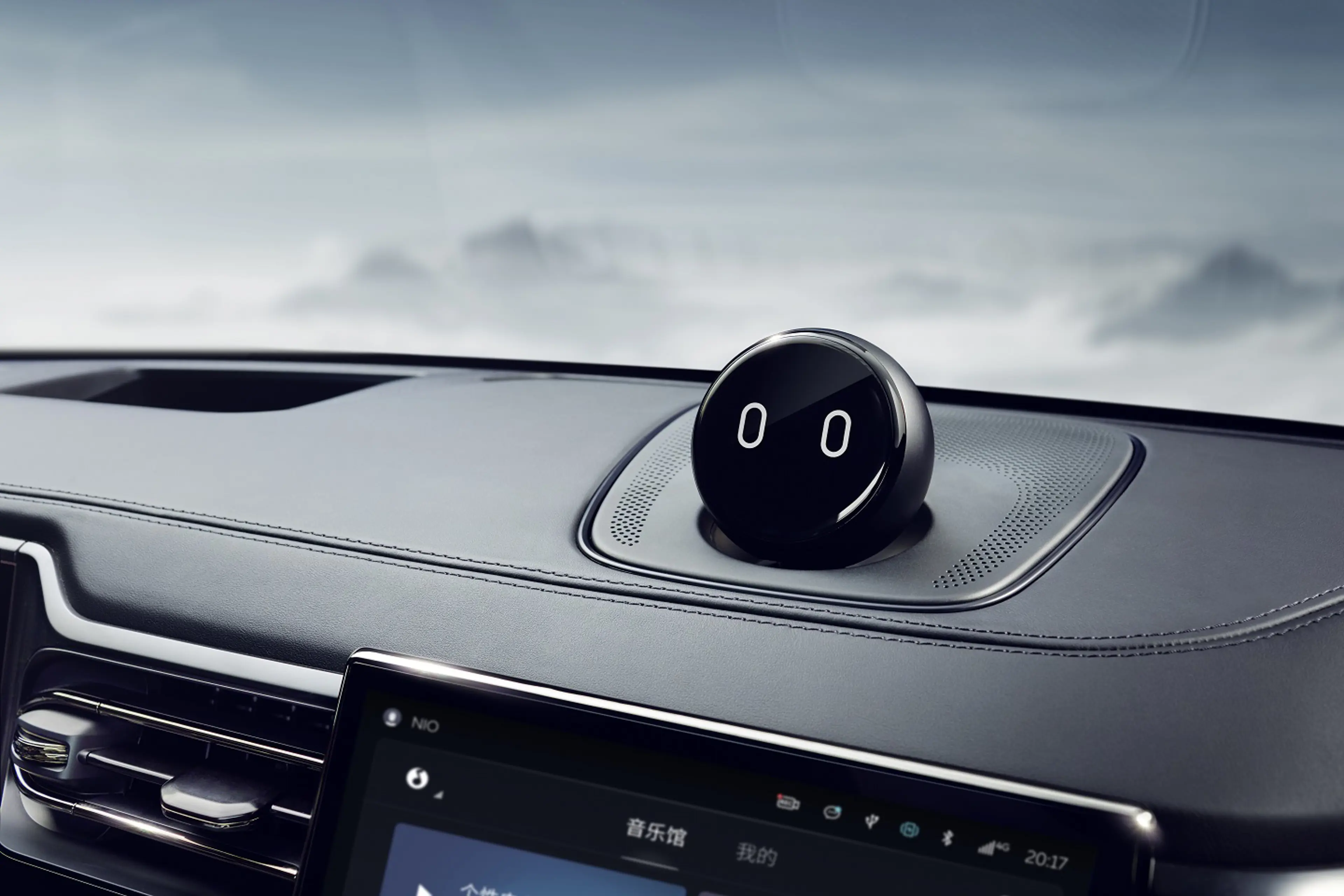
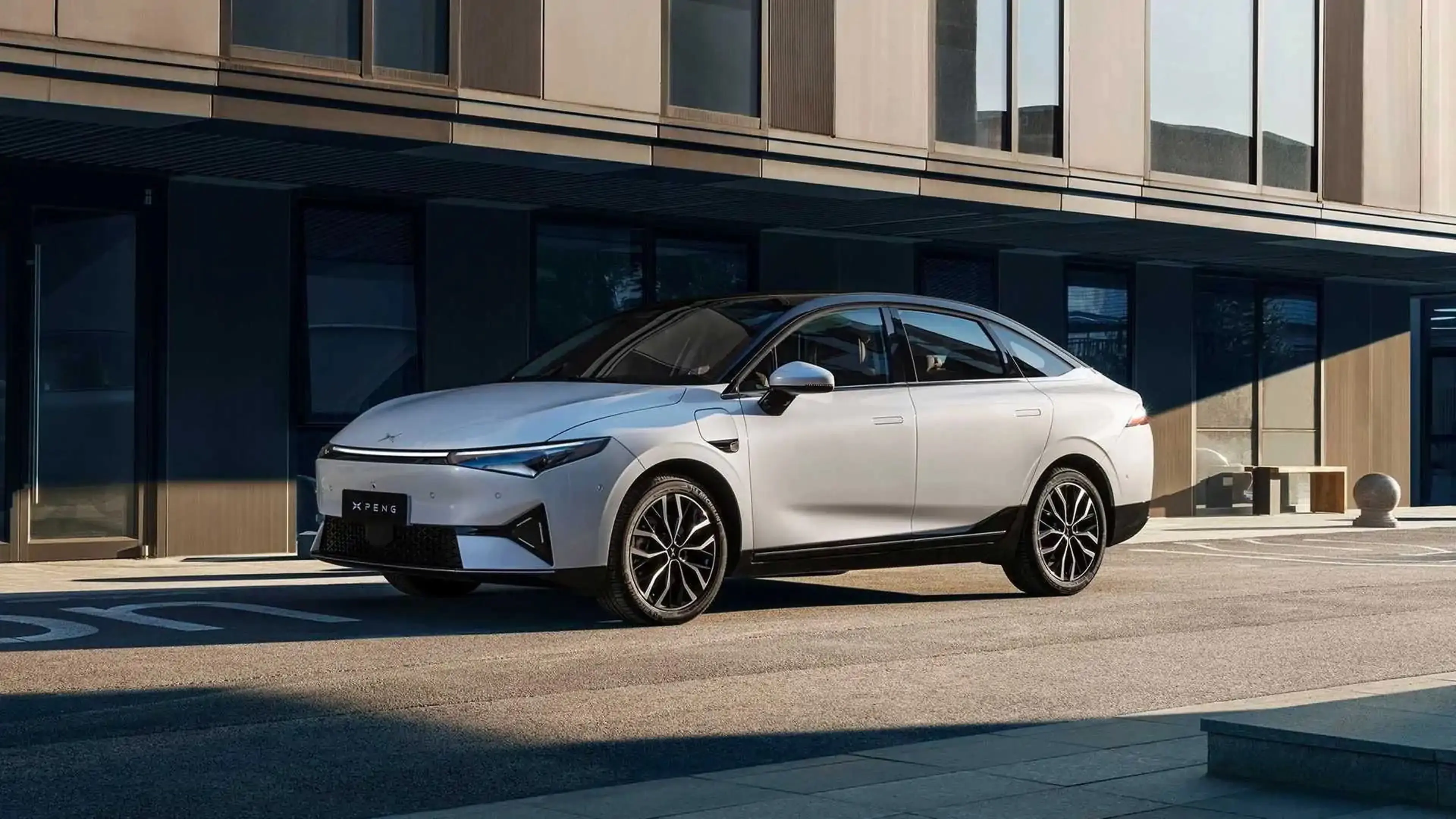
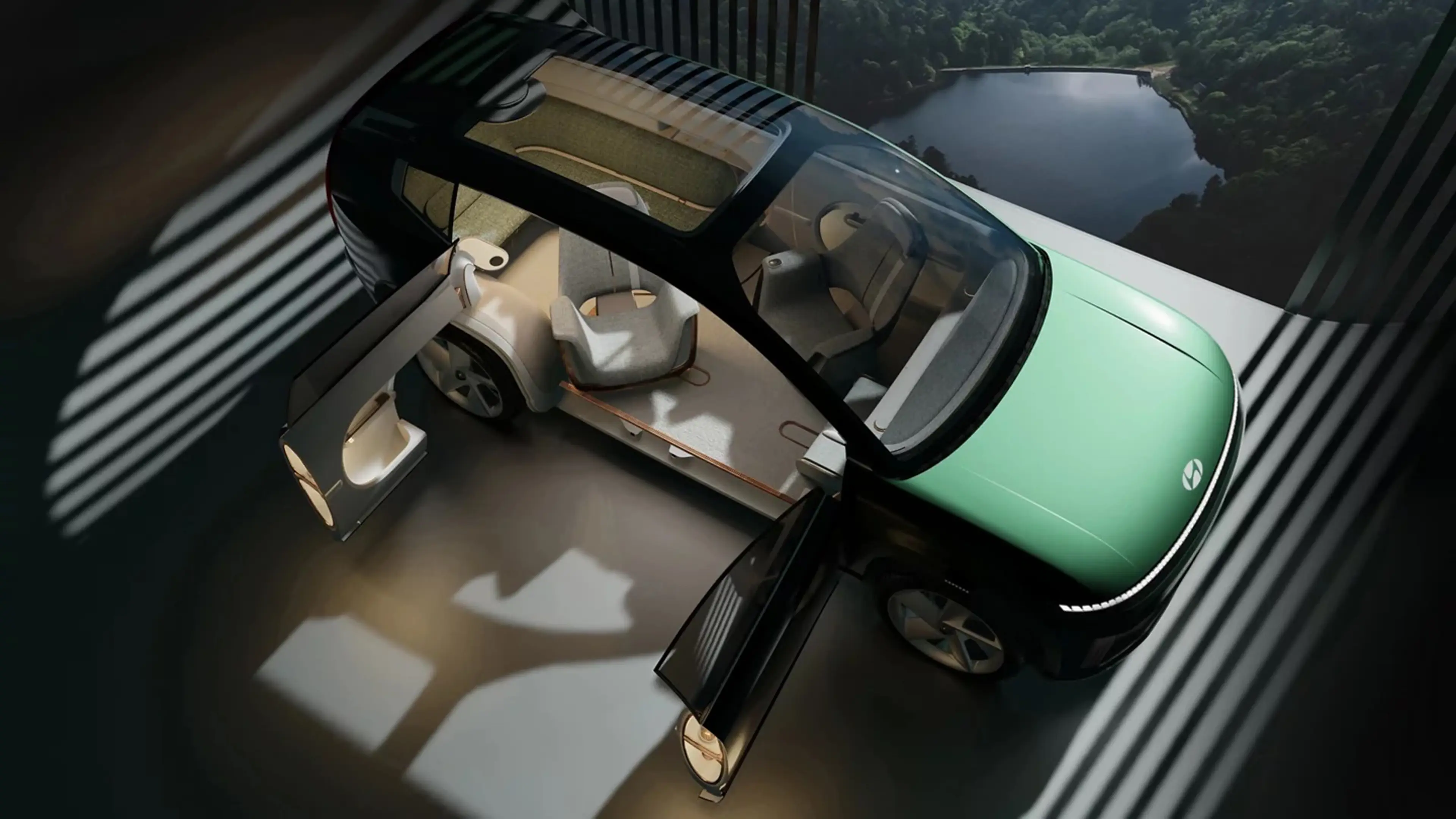
Where Next? What Luxury Car Brands Can Do To Compete
The competition between Chinese manufacturers and Western luxury automotive brands exists in the margins. They have the mines and the minerals and it’s impossible to dive into the complexities of this without being caught up in knotted geopolitical threads. But, differences in performance are numerically minimal. Being the best doesn’t have to exclusively be a numbers game so luxury brands in the West should do what they do best. Appeal to the customer they know inside out. Simple as that. Through:
01
Championing Distinctive Design Codes Go beyond shapes, features and specifications and get to the heart of modern luxury design: distinctive, holistic and people-centric. Phenomenal engineering will always be fundamental to automotive design but suitability and convenience must be inventively woven in, easing friction and enhancing experience. Design has the potential to transform the mundane into the magnificent. Use it.
02
Focusing on Futuristic Tech, Just Not Exclusively A sole focus on tech to enhance, assist or optimise driving is futile considering the rapid advancement of autonomous operation. But AI integration, state-of-the-art interfaces and other tech innovations that elevate the increasingly holistic nature of travel are without-a-doubt gold to invest in.
03
Reimagining and Upscaling the Charging Experience Take Nio’s lead and rethink the charging experience with a luxury, branded twist. It’s a facet of the sector that offers boundless opportunities. Efficiency and convenience are table stakes, and NIO has those covered already. How can luxury brands elevate those qualities and pair them with the experiential? Maybe a lounge or members club-esque space. Despite the ever-improving speed of charging, design somewhere appealing enough and the plug-in/battery switch could become a standout brand touch point that people won’t want to leave.
04
Prioritising People Luxury buyers are seeking to express who they are, not what they have. They want to be seen as ethical, creative, connected, philanthropic and conscientious. Purchasing an EV is in itself a physical demonstration of sustainable commitment – brands who can harmonise personalised indulgence with guilt-free sentiment for their customer, from product to service and experience, will have no problem setting themselves apart in this expanding sector.
05
Driving Differentiation with Partnerships A powerful ally luxury brands have in their corner are high-value collaborations and partnerships. Way back in 2009, Ferrari joined forces with contemporary artist Lu Hao to create porcelain-inspired paint work, while renowned sculptor Cai Zhisong holds an ambassadorship for Porsche. Iconically, Rolls Royce are capitalising on their Bond affiliations with The Spectre, the marque’s first fully electric car arriving in 2023. So many luxury brands have the connections, the status and the credentials to pull this kind of collaboration off. Imagine: a smartwatch that seamlessly interacts with a vehicle interface. Or the world’s best, most popular speakers built-in. Or monogrammed upholstery. The possibility is endless. And China has the cobalt, so why not gun for the collab.
Automotive


